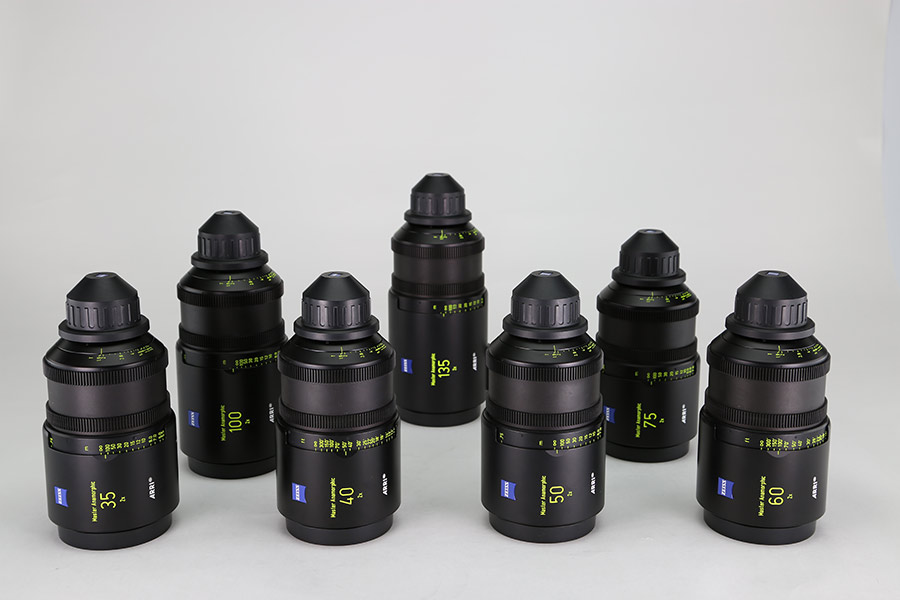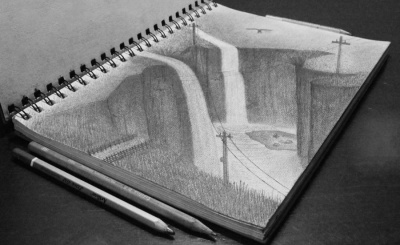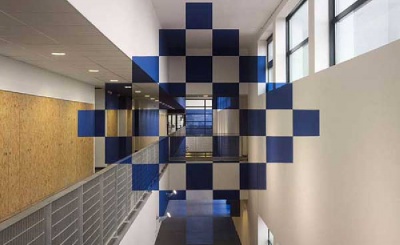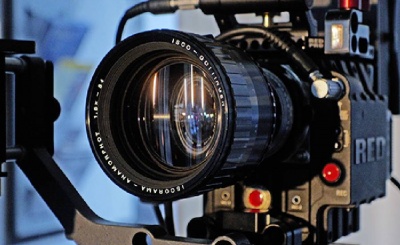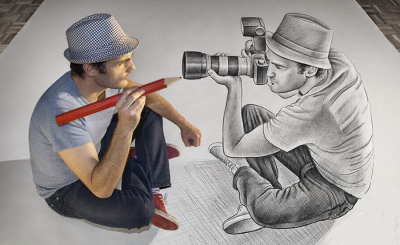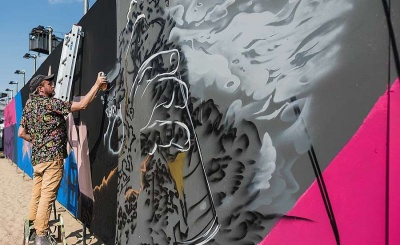Jedi Tricks To Anamorphic Photography
Anamorphic lenses were created as specialty tools. They impacted how images were projected onto the sensor of a camera. Originally, they were utilized to fit a wider aspect ratio into a film frame of standard size. But because they produced such a creamy and flared result, they become popular. Now cinematographers and photographers alike use to make unique images.
In this brief article, we present you with three tricks to using an anamorphic lens.
- When you want to use a bright light, combine the neutral density filter with 180-degree shutter rule to get the best video. ND filters give higher creative control on the degree of exposure by allowing you to set the amount of light that passes through the lens.
- The technical function of the anamorphic lens causes the image to squeeze and bring the bokeh effect. Therefore, once you have the image, employ an app to de-squeeze the oval shape of it, and transform into an image we’d typically see.
Get Those Flares With Anamorphic Lens
The stunning horizontal flares anamorphic lenses produce is arguably their greatest accomplishment. Barring all other effects, it produced videos and images that give a very cinematic look. So, how do you get those flares?
- If you are looking for the signature bokeh-ish flares, then record or click with the light source directly at the centre.
- If you want a muted and soft flare, then the source of light should be slightly off centre. It can be to the right or the justify.
All you need is a phone or camera with an anamorphic lens along with some magical light beams. Go hunting for headlights, lamps on the street, flashlights, or even store signs to get the most astonishing photos and videos ever.

